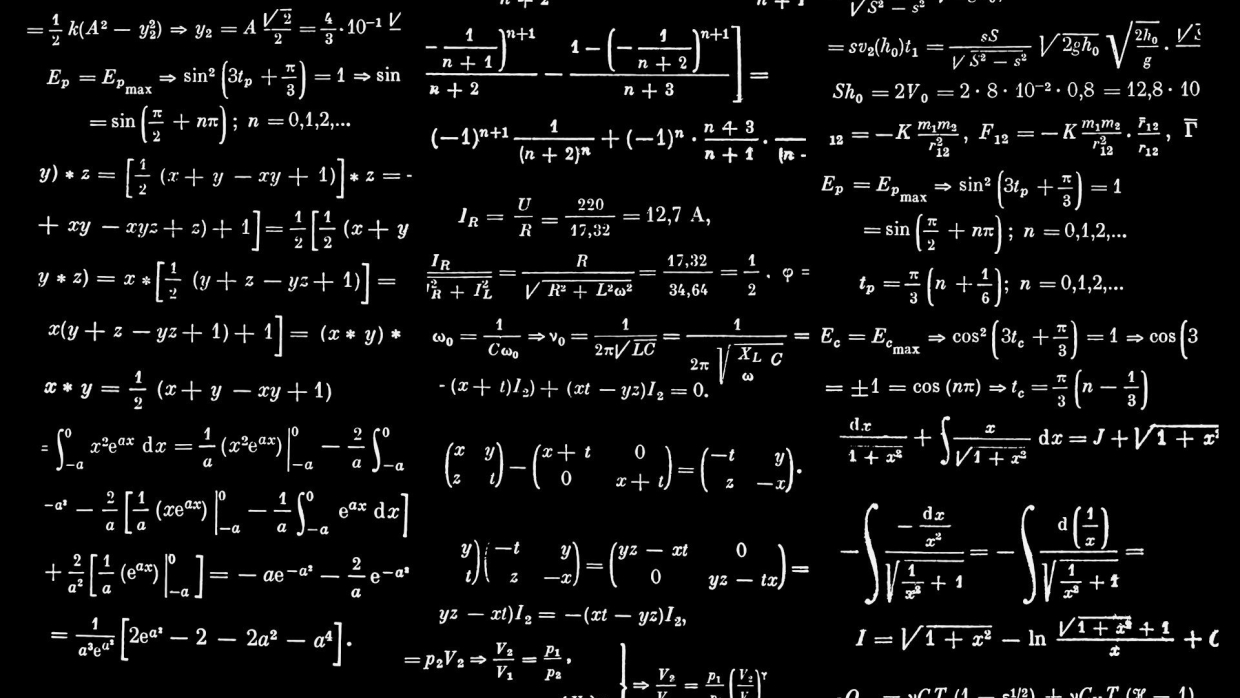Python’s math module is a powerful tool that provides mathematical functions for various operations, including trigonometry, logarithms, factorials, etc. It’s an essential part of any Python developer’s toolkit and understanding it can greatly enhance their programming skills.
Table of Contents
- Importing the Math Module
- Basic Math Functions
- abs(x)
- ceil(x) and floor(x)
- pow(x, y) and pow(x, y, z)
- round(x) and round(x, ndigits)
- Trigonometric Functions
- sin(x), cos(x) and tan(x)
- asin(x), acos(x) and atan(x)
- Logarithmic Functions
- log(x) and log2(x), log10(x)
- Hyperbolic Functions
- sinh(x), cosh(x) and tanh(x)
- Exponential and Logarithmic Functions
- exp(x) and log(base, x)
- Other Useful Functions
- sqrt(x)
- degrees(x), radians(x)
- random() from random module
- Conclusion
Importing the Math Module
Before you start using math functions, you need to import the math module in your program. Here is how you do that:
import math
After this line of code runs, you’ll be able to use all the mathematical functions provided by the math module.
Basic Math Functions
abs(x)
This function returns the absolute value of a number.
Example:
import math
print(abs(-11)) # Outputs: 11
ceil(x) and floor(x)
These functions return the ceiling (smallest integer greater than or equal to x) and floor (largest integer less than or equal to x), respectively.
Example:
import math
print(math.ceil(9.4)) # Outputs: 10
print(math.floor(9.4)) # Outputs: 9
pow(x, y) and pow(x, y, z)
These functions return x to the power of y (and also optionally modulo z).
Example:
import math
print(math.pow(3,3)) # Outputs: 27.0
round(x) and round(x, ndigits)
These functions return x rounded to a number of digits specified by the optional ndigits parameter (default is 0). If ndigits is omitted, it rounds to the nearest integer.
Example:
import math
print(round(9.4)) # Outputs: 9
print(round(9.50)) # Outputs: 9
print(round(9.51)) # Outputs: 10
Trigonometric Functions
sin(x), cos(x) and tan(x)
These functions return the sine, cosine and tangent of x in radians.
Example:
import math
print(math.tan(math.pi/4)) # Outputs: 1.0
print(math.sin(math.pi/2)) # Outputs: 1.0
print(math.cos(math.pi)) # Outputs: -1.0
asin(x), acos(x) and atan(x)
These functions return the arcsine, arccosine and arctangent of x in radians.
Example:
import math
print(math.atan(1)) # Outputs: 0.7853981633974483
print(math.asin(1)) # Outputs: 1.5707963267948966
print(math.acos(-1)) # Outputs: 3.141592653589793
Logarithmic Functions
log(x) and log2(x), log10(x)
These functions return the logarithm of x to base e, base 2 and base 10 respectively.
Example:
import math
print(math.log(1)) # Outputs: 0.0
print(math.log2(7)) # Outputs: 2.807354922057604
print(math.log10(90)) # Outputs: 1.9542425094393248
Hyperbolic Functions
sinh(x), cosh(x) and tanh(x)
These functions return the hyperbolic sine, cosine and tangent of x in radians.
Example:
import math
print(math.tanh(1)) # Outputs: 0.7615941559557649
print(math.sinh(1)) # Outputs: 1.1752011936438014
print(math.cosh(1)) # Outputs: 1.5430806348152437
Exponential and Logarithmic Functions
exp(x) and log(base, x)
These functions return the exponential of x (e raised to the power x) and logarithm of x to base ‘base’.
Example:
import math
print(math.log(15,2)) # Outputs: 3.9068905956085187
print(math.exp(1.5)) # Outputs: 4.4816890703380645
Other Useful Functions
sqrt(x)
This function returns the square root of x.
Example:
import math
print(math.sqrt(9)) # Outputs: 3.0
degrees(x), radians(x)
These functions convert angle x from radians to degrees and vice versa, respectively.
Example:
import math
print(math.radians(120)) # Outputs: 2.0943951023931953
print(math.degrees(2.0943951023931953)) # Outputs: 119.99999999999999
random() from random module
While in other programming languages the random function is often part of a math module, the random function in Python is part of the random module.
Example:
import random
# Generate a random float number between 0 and 1
print(random.random()) # Output: A random float number like 0.14299372939322985
# Generate a random integer between 10 and 20 (inclusive)
print(random.randint(10, 22)) # Output: A random integer like 11, 15 or 22
# Generate a list with 5 random integers from 1 to 10
sample_list = [random.randint(1, 10) for _ in range(5)]
print(sample_list) # Output: For instance [2, 1, 6, 9, 1]
Conclusion
The math module in Python provides a wide range of mathematical functions that can be used to solve complex problems in programming. Understanding and using these functions effectively is key to becoming proficient at solving math-related tasks with Python. Happy coding!
